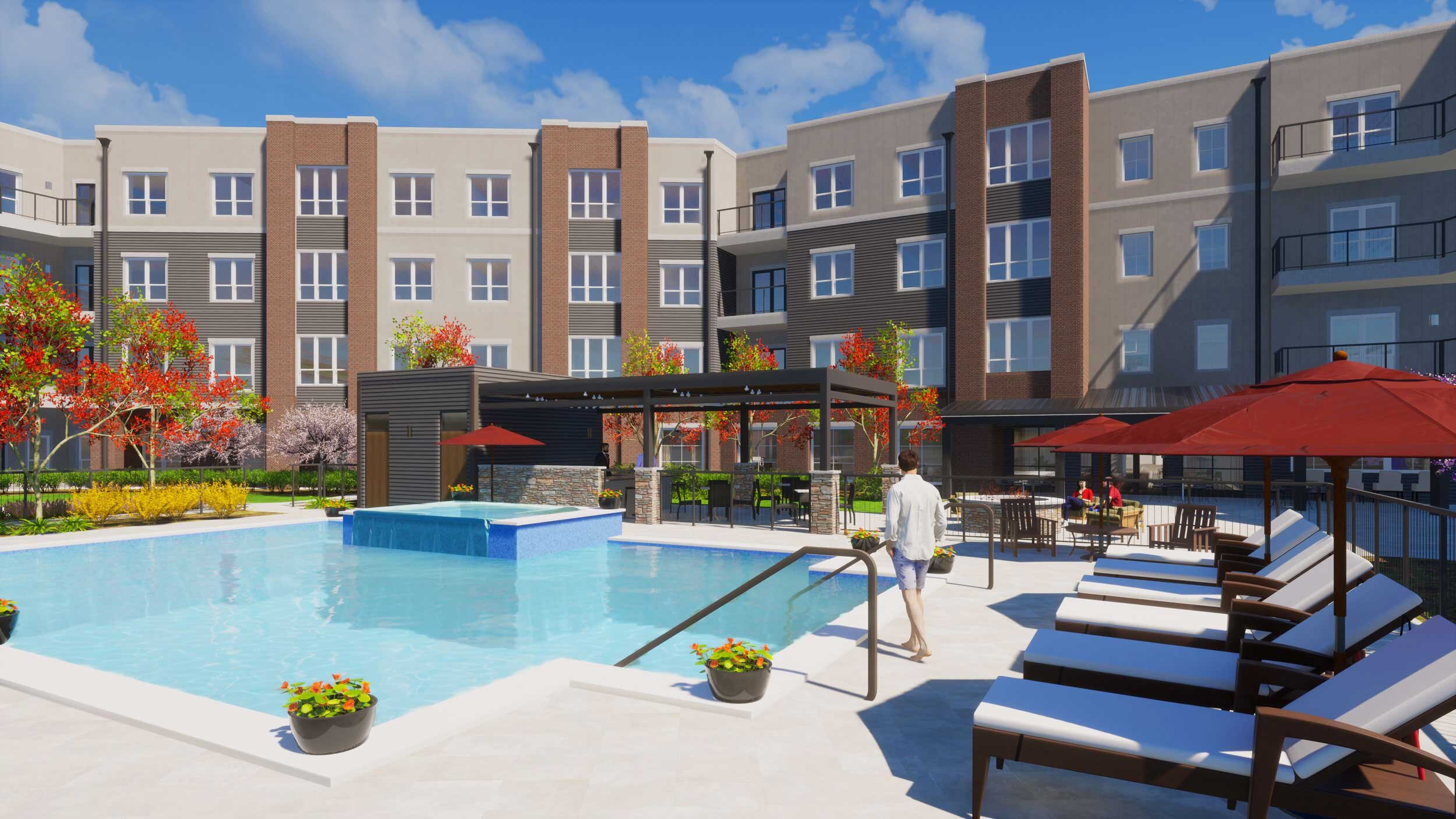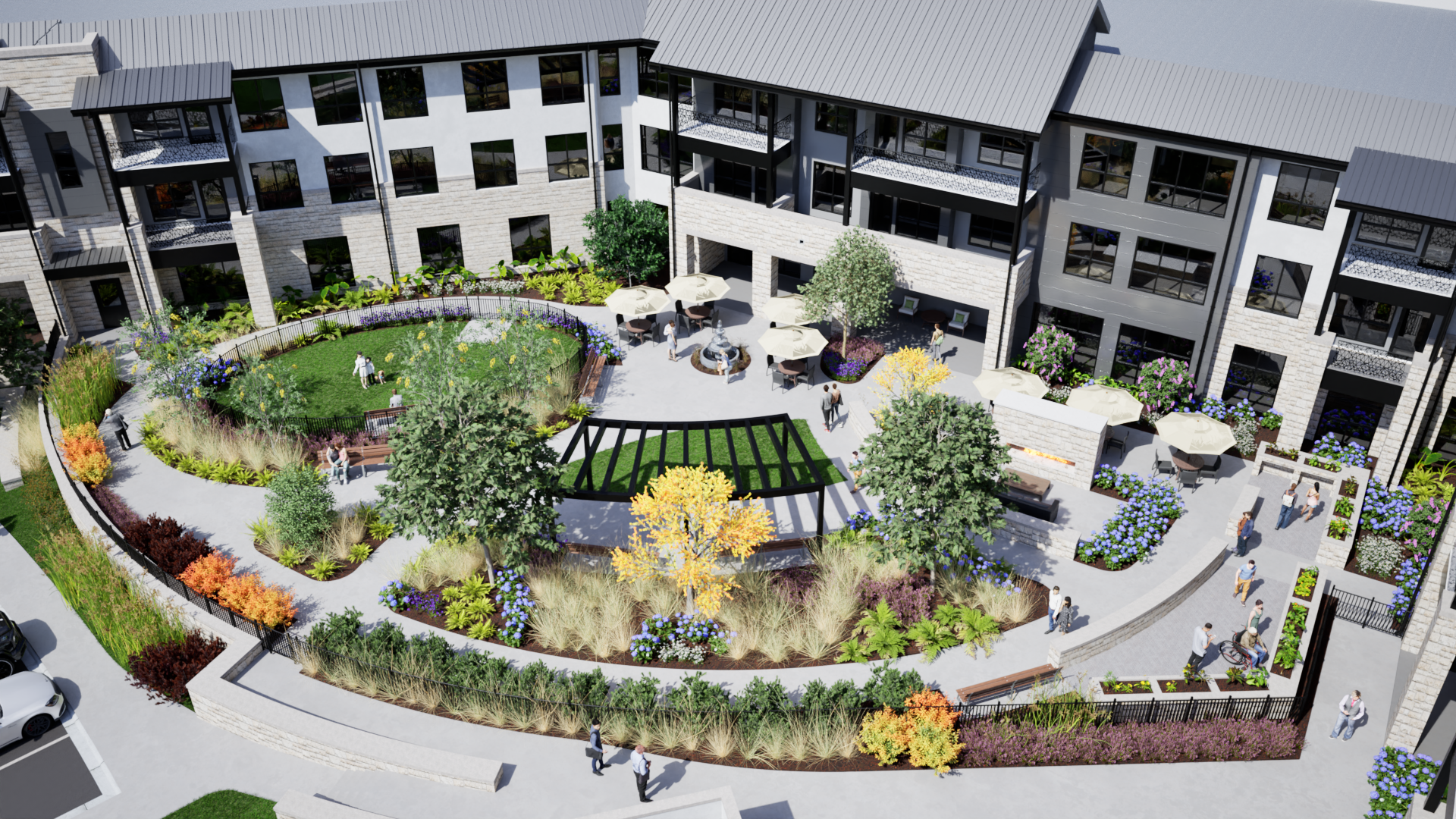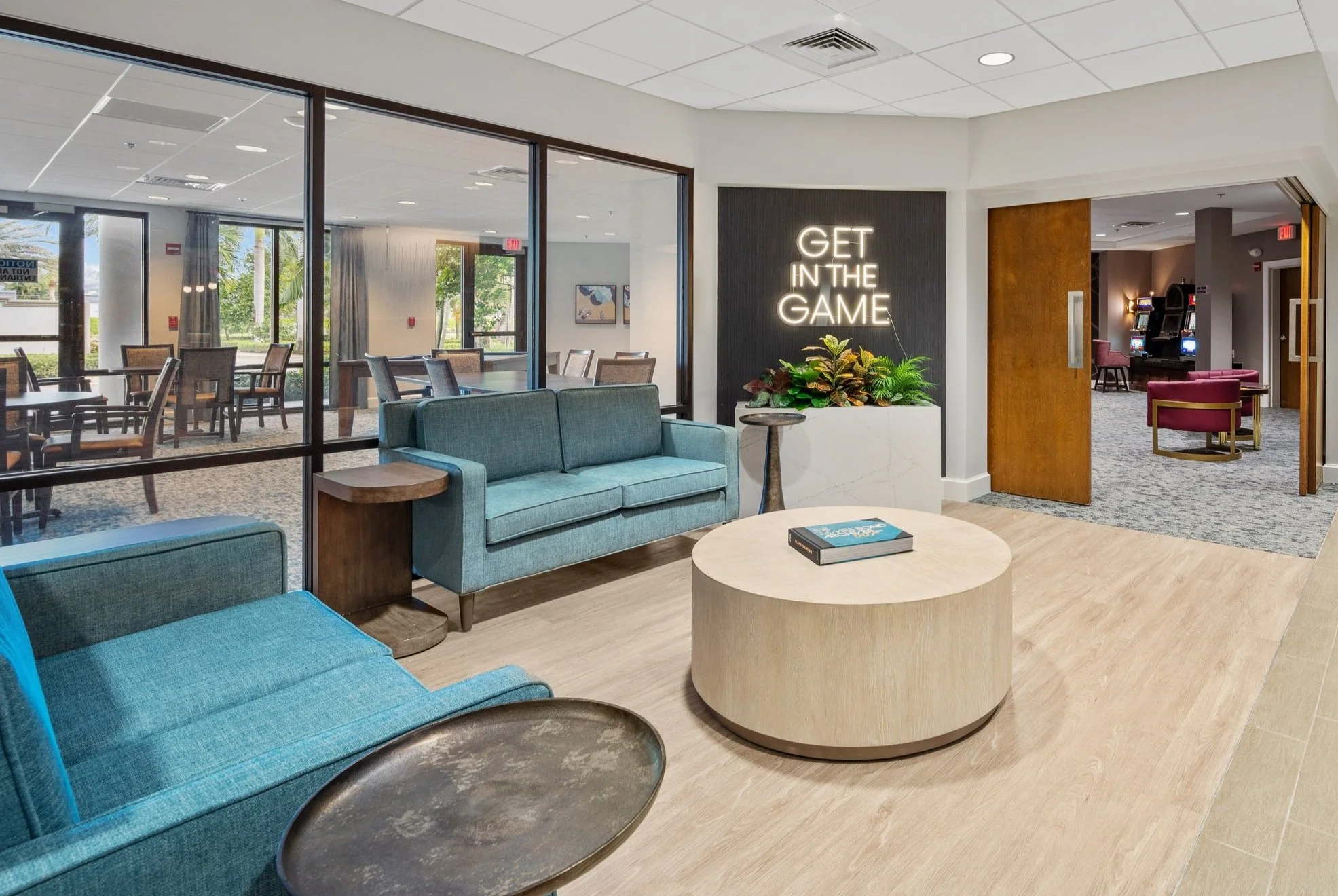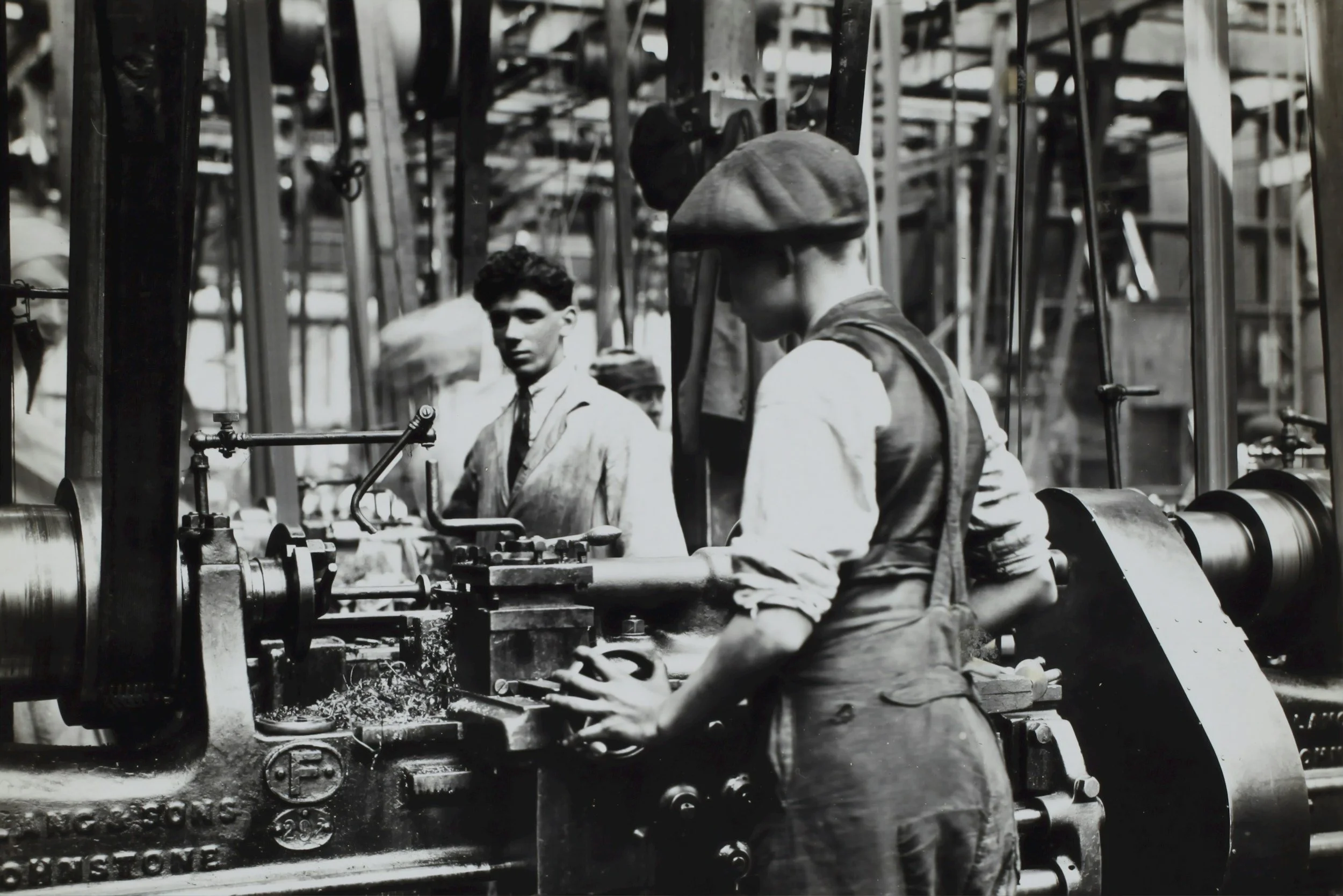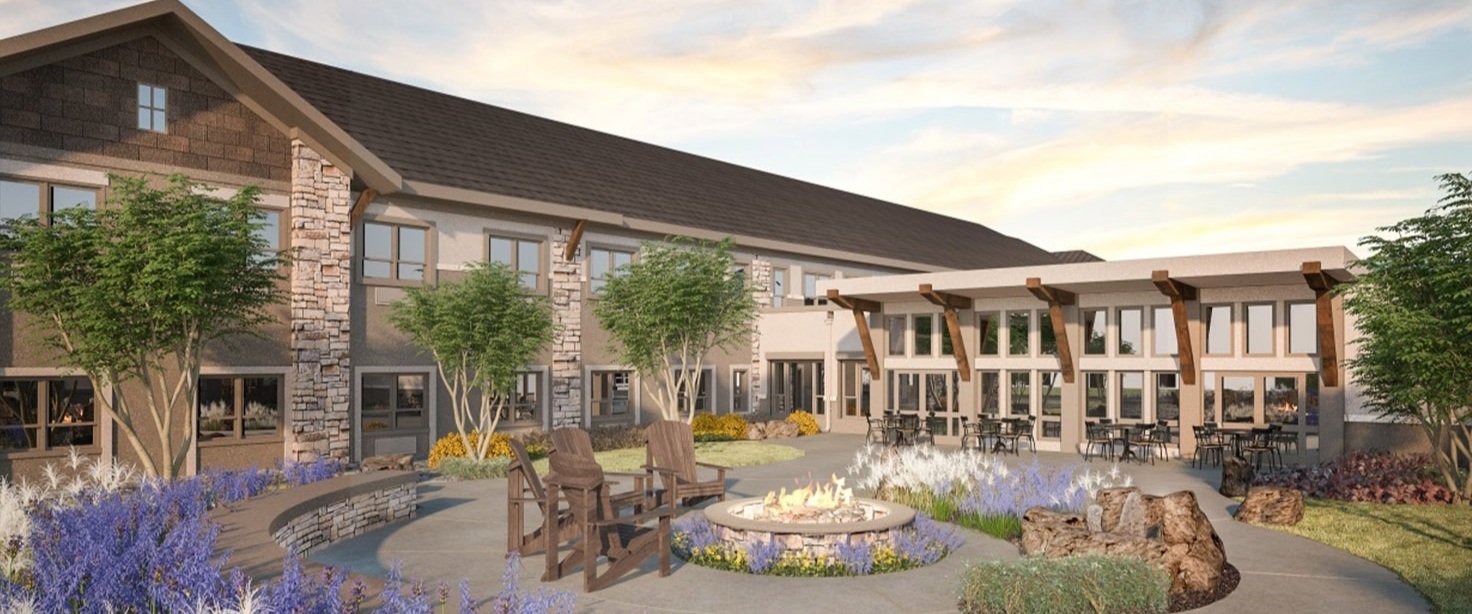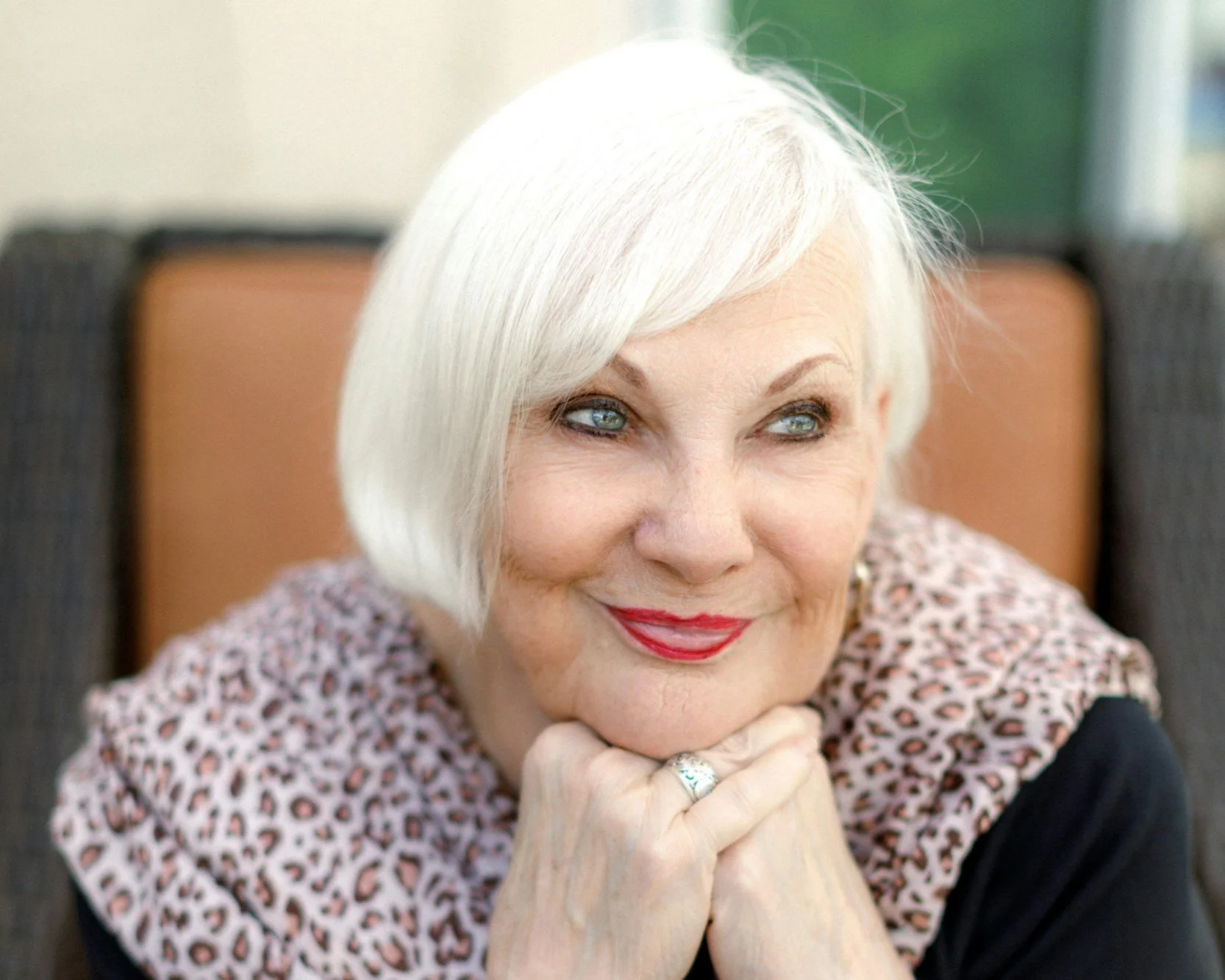What Do Younger People Think About Senior Living?
At Pi, we stay attuned to what people want in senior living. So, we were curious – what would people who are years away from considering a senior community want? After all, these individuals are the residents of the future. So, shouldn’t we consider their wants and needs in our strategic planning now?
We talked to our younger staff and family members, and here are some of the things they say they’d want in a senior living community:
Easily available transportation to downtown and other areas where there is shopping, dining, and other opportunities for social interaction that are more intergenerational and varied.
Wellness/fitness centers that are more than exercise machines -- with group exercise classes and opportunities for social engagement (such as smoothie bars and healthy cafes).
Opportunities for outdoor activities, including walking trails, jogging groups, and dog parks.
Indoor and outdoor spaces for music, dining, and entertainment. Beautiful views and vistas are a plus.
Tech-friendly environments feature amenities such as high-speed Wi-Fi, smart technology, touch screens, voice-activated devices, and Zoom rooms.
Spaces and opportunities for learning, such as cooking classes, art classes, carpentry, and music lessons, as well as partnerships with local colleges and universities for residents to take classes and participate in campus events.
Clubs that bring together residents with common interests – travel, hobbies, books, sculpture, painting, and music
Purpose-driven activities. Young people want to continue to make a difference and enjoy meaningful activities. They will want amenities such as community gardens where they can grow their own food, programs to learn new skills and hone their talents, and intergenerational activities where they mentor and share knowledge. However, they want opportunities to learn and explore, including things like outdoor concerts and other live performances.
Pet-friendly buildings/units and pet-related amenities such as pet wash stations, dog parks, and on-site grooming, boarding, and veterinary care.
Engagement in community management. Younger people want to have a role in programming, as well as a say in community repositioning, renovations, and additions.
Breaking Stereotypes
Many young people recognize the benefits of living in a senior community. One young woman briefly resided in a senior living community with her parents during the pandemic. She enjoyed some of the perks of a senior living community, such as voting in national and local elections, getting vaccinated, and seeing an Elvis impersonator without leaving the community. However, she admitted that being surrounded by golf carts, water aerobics, and Bingo games made her restless over time. She thought of this quote by Rachel Remen: “Perhaps the secret of living well is not in having all the answers but in pursuing unanswerable questions in good company,”.
While intergenerational communities are growing in popularity, young people still have different needs and interests from their older counterparts; however, the younger generation can appreciate and enjoy what their older counterparts can bring to the table. One study suggested that while younger and older people don’t necessarily have accurate perceptions of how the other group thinks or lives, they agree that younger individuals could benefit from the life experiences of older adults, and older adults could be more active through engagement with younger people.
In truth, there are some elements of senior living that everyone agrees are important:
· The opportunity to live with purpose.
· Homes that are comfortable and safe.
· Options for choices and engagement.
· The ability to enjoy life on their own terms
C.S. Lewis offers encouragement that "You are never too old to set another goal or to dream a new dream".





